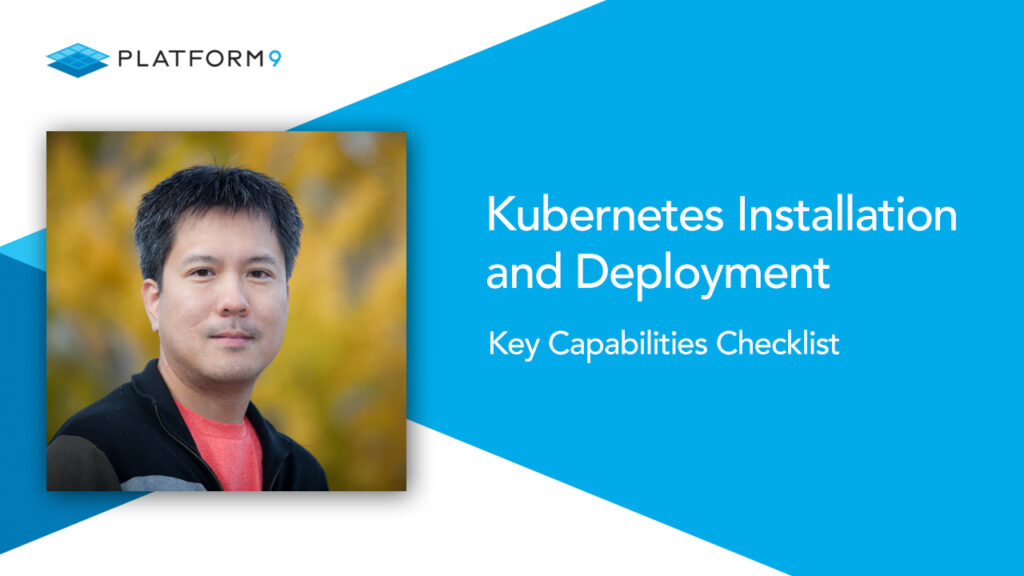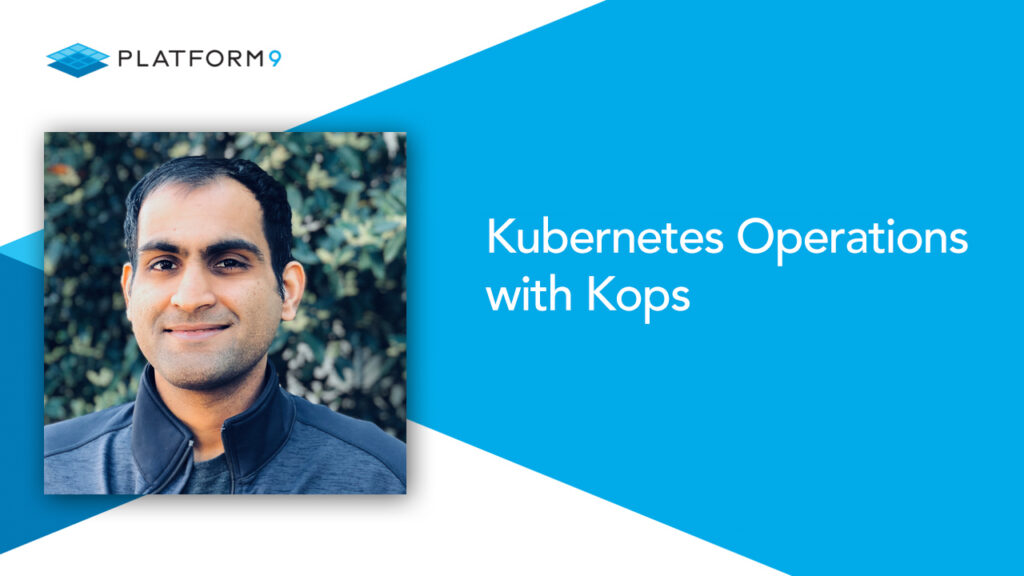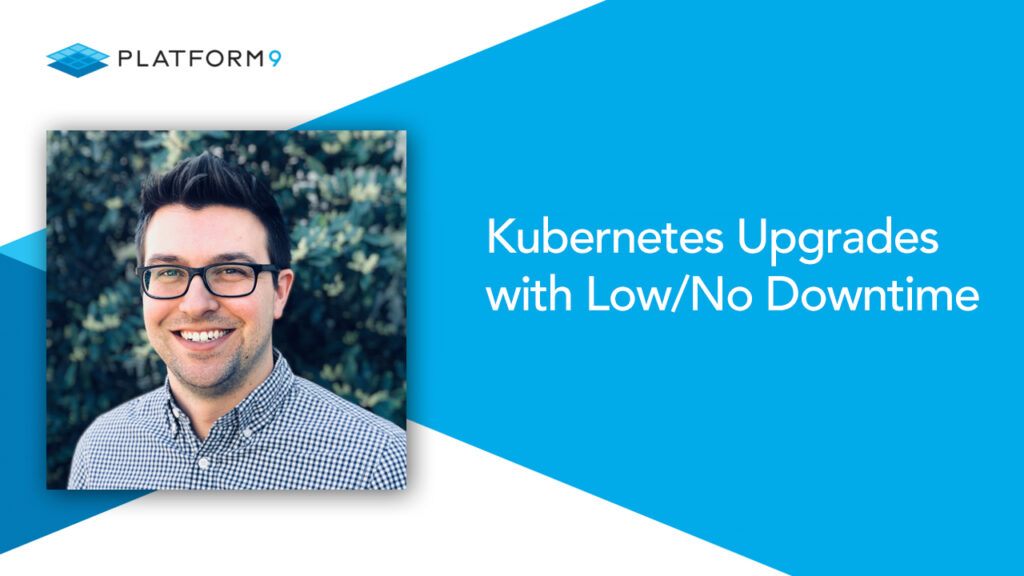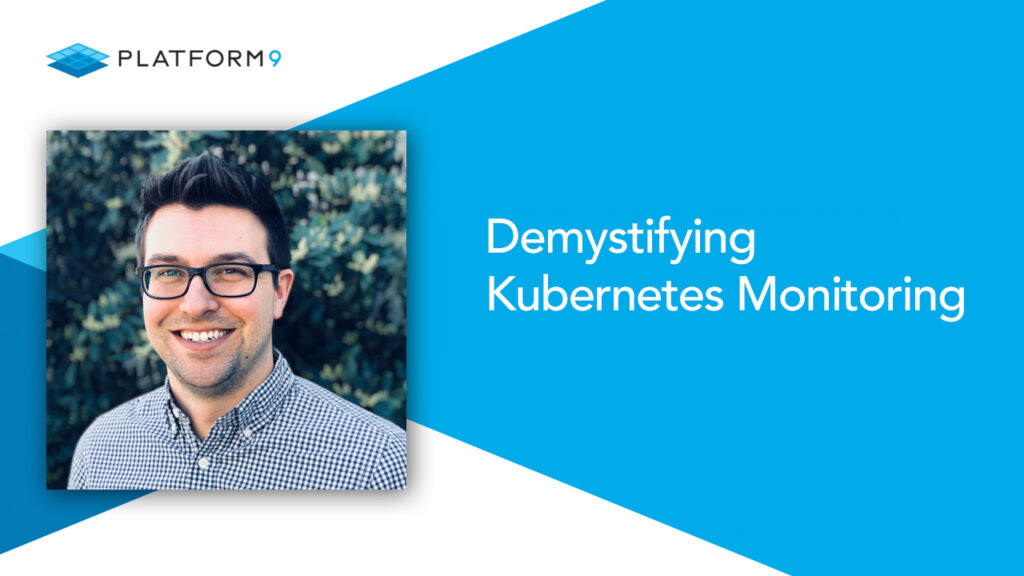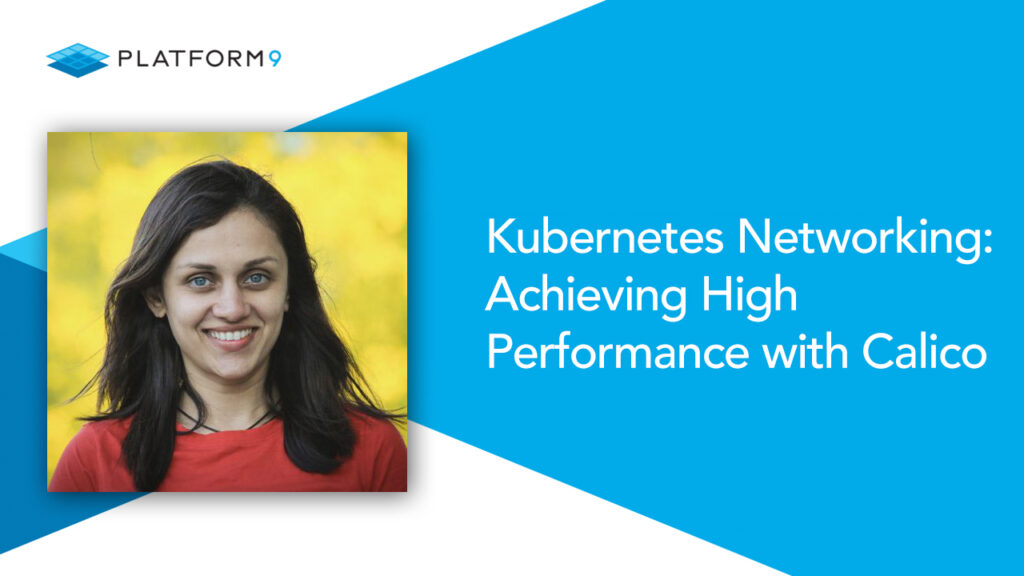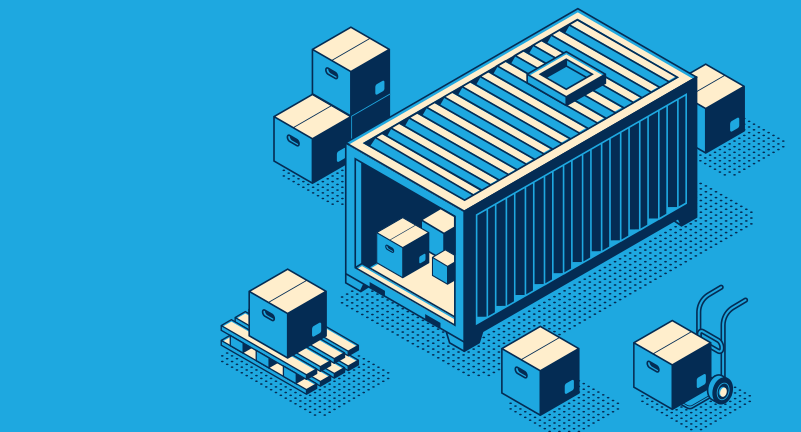Kubernetes Installation and Deployment
Enterprise production readiness with Kubernetes installations indicates the ability to securely and repeatedly deploy, manage and maintain multiple clusters over long periods of intensive usage. The key features and capabilities that are needed to enable production-ready Kubernetes include: 1. Flexibility to deploy applications at any location or infrastructure 2. Highly Available Control Plane 3. Data
